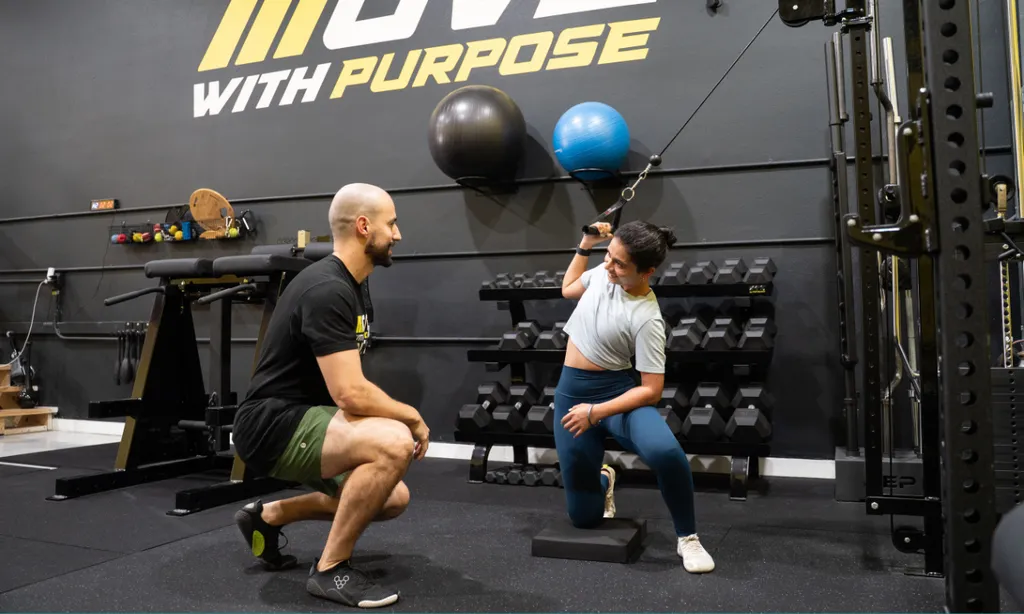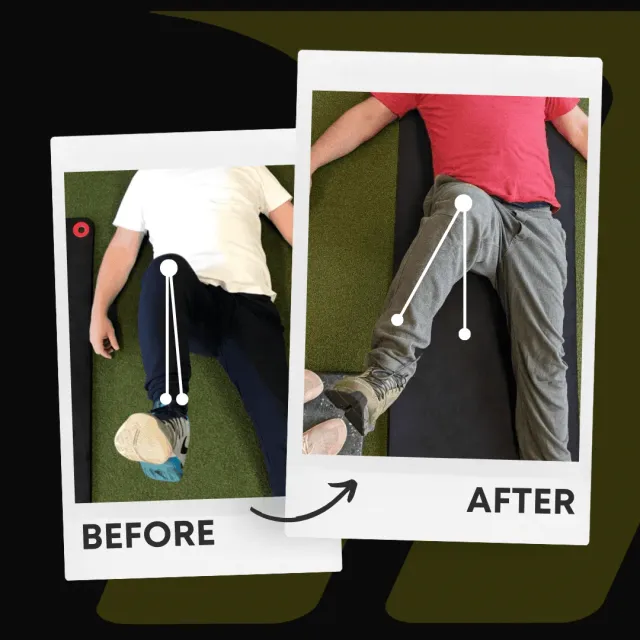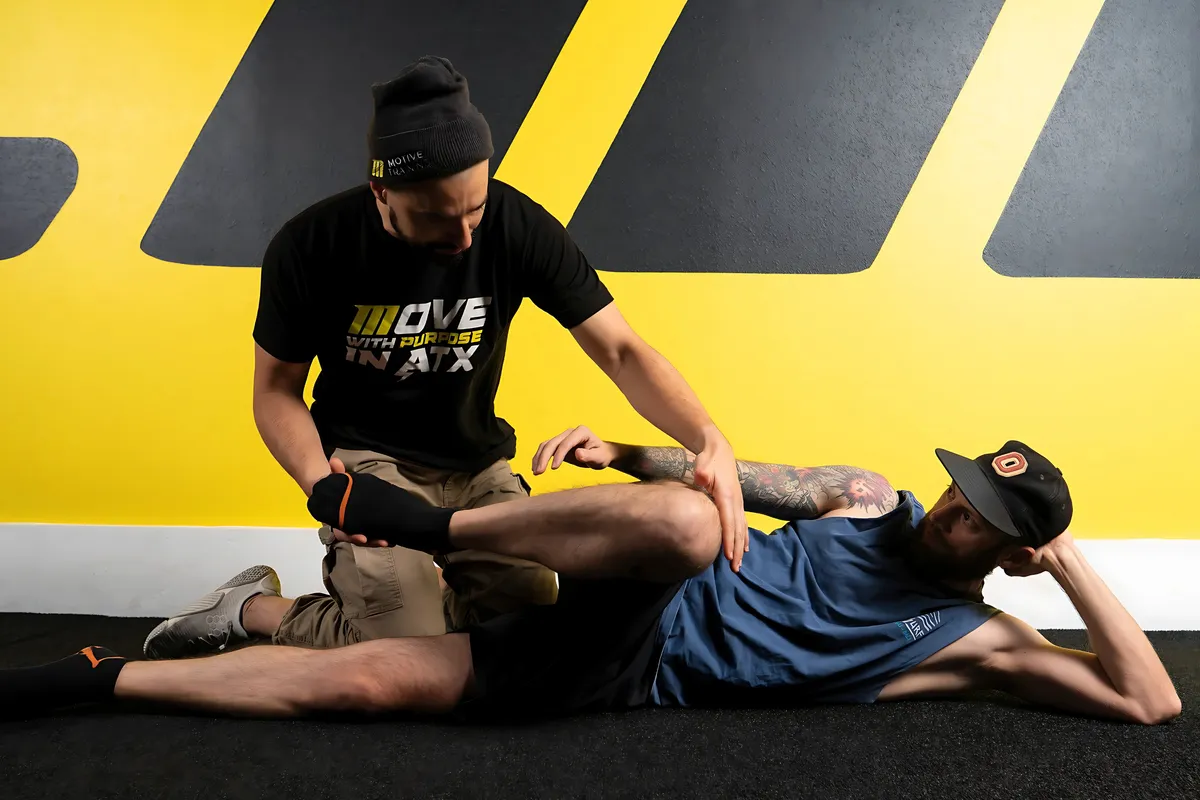How Gym Workout Plans for Women Differ—and Why FRC Makes Them Better
May 4, 2025 | Functional Range Conditioning

How Gym Workout Plans for Women Differ—and Why FRC Makes Them Better
Introduction to Gym Workout Plans for Women
There’s a persistent belief in the fitness industry that workout plans can be easily templated, as if one-size-fits-all routines will yield the same results for everyone. The truth? That mindset ignores how the female body functions. Women often face distinct biomechanical, hormonal, and recovery considerations that should influence how their programs are built.
For example, women tend to have greater joint laxity, different pelvic angles, and unique patterns of muscle recruitment. This doesn’t mean women should train less intensely—it means they should train intentionally.
At Motive Training in South Austin, we approach every client as an individual, but we also understand that women require tailored inputs to get better outputs. Mobility, strength, and stability are built from the ground up. And the secret weapon for women who want to move and feel better?
Functional Range Conditioning (FRC).
Understanding Women’s Fitness Needs
A woman’s training plan should account for:
- Hormonal cycles and their impact on energy, recovery, and coordination
- Higher prevalence of joint issues like hip impingement, shoulder instability, and ACL injuries
- Greater general flexibility but often poorer active mobility and joint control
This means we don’t just chase calorie burns or aesthetic outcomes—we focus on usable strength, long-term joint health, and performance that holds up under the demands of daily life.
When applied correctly, FRC helps women bridge the gap between passive flexibility and active control. Instead of being hypermobile but unstable, we train for joint resilience.
The Importance of Tailored Workout Plans
Cookie-cutter plans miss the mark for most people, but especially women. What works for a 200-pound powerlifter won’t work for a 125-pound woman recovering from childbirth or a 45-year-old woman with hip tightness from years of desk work.
At Motive Training, we:
- Conduct detailed assessments (like Functional Range Assessments) to understand limitations
- Address past injuries, instability, or hypermobility
- Layer in progressions that respect capacity while building strength from the inside out
Tailored plans improve adherence, reduce injury risk, and actually deliver results.
Key Differences in Workout Plans for Women
Workout Intensity and Volume
Many women are wrongly told to train “lighter” or to avoid resistance training. That advice is outdated. What we actually adjust is volume, intensity, and exercise selection based on:
- Recovery capacity
- Joint feedback and symptoms
- Energy fluctuations tied to menstrual cycles
In practice, that may mean fewer high-threshold lifts during certain weeks, followed by intensification phases where they can push.
Exercise Selection and Goals
Aesthetic goals (glute development, core strength, posture) often drive training focus for women, but we anchor these goals in better biomechanics. We choose exercises that improve movement quality first.
Instead of chasing fatigue, we teach control. Instead of band-aid stretches, we teach joint inputs that improve how the body functions.
The Role of FRC in Women’s Workout Plans
What is Functional Range Conditioning?
Functional Range Conditioning (FRC) is a joint training system that improves mobility, joint health, and control. Unlike traditional stretching, FRC teaches you to own your end ranges, increase joint capacity, and build strength through rotation and isometrics.
It’s the foundation of how we train at Motive—especially for women who want strength without pain.
Benefits of FRC for Women
- Reduces injury risk in hypermobile joints
- Improves pelvic and hip control (critical for lifting, running, and postpartum recovery)
- Builds resilient shoulders and knees (areas women often report discomfort)
- Teaches body awareness and movement quality
FRC isn’t just for rehab. It’s for anyone who wants to train smarter.
How to Incorporate FRC into Your Gym Workout Plan
Creating a Balanced Gym Workout Plan for Women
A sample weekly framework might look like this:
- Day 1 (Lower Body Strength + Hip Mobility):
- Controlled Articular Rotations (CARs) for hips + spine
- Isometric glute bridges with internal rotation bias
- Sled pushes, deadlifts, FRC hip PAILs/RAILs
- Day 2 (Upper Body Strength + Shoulder Mobility):
- Shoulder CARs and capsule work
- Rows and pressing with rotational components
- End-range lift-offs for shoulder flexion
- Day 3 (Mobility + Input Session):
- 20-30 minutes of low-intensity work (ankle cars, hip cars, spinal segmentation)
- Pelvic floor breathing or diaphragm expansion work
This combination respects recovery, targets joint function, and keeps women strong and pain-free.
Tips for Combining Strength Training and FRC
- Start every session with CARs to assess daily joint readiness
- Use FRC isometrics to prep tissues before loading (e.g., hip PAILs before squats)
- Rotate through joint-specific focus weeks (hips one month, shoulders the next)
- Track mobility the same way you track strength—progress requires intention
Real-Life Success Stories of FRC in Women’s Fitness
One of our clients, Amanda, came to us after her second pregnancy. She was flexible but lacked control. Her hips ached, her core felt disconnected, and she didn’t feel strong anymore.
We built her plan around:
- Pelvic floor and diaphragm connection drills
- Hip CARs and PAILs/RAILs to rebuild strength at the joint level
- Progressive strength training built on improved ranges
After three months, Amanda was back to deadlifting 135+ pounds, running pain-free, and feeling more in tune with her body than ever before.
This isn’t a fluke. We see this daily. FRC gives women the tools to own their movement, not just perform it.
Conclusion and Final Thoughts on Women’s Gym Workout Plans
Workout plans for women shouldn’t be about shrinking, softening, or playing it safe. They should be about building joint integrity, active mobility, and strength that holds up in the real world.
At Motive Training, we don’t separate mobility from strength—we integrate it through Functional Range Conditioning and movement-specific training that makes every rep count.
If you want to train with intention, build a body that lasts, and finally feel like your workouts are made for you, it starts with understanding how you move.
And then, it’s about learning how to move with purpose.
Written by
Brian Murray, FRA, FRSC
Founder of Motive Training
We’ll teach you how to move with purpose so you can lead a healthy, strong, and pain-free life. Our headquarters are in Austin, TX, but you can work with us online by signing up for KINSTRETCH Online or digging deep into one of our Motive Mobility Blueprints.

